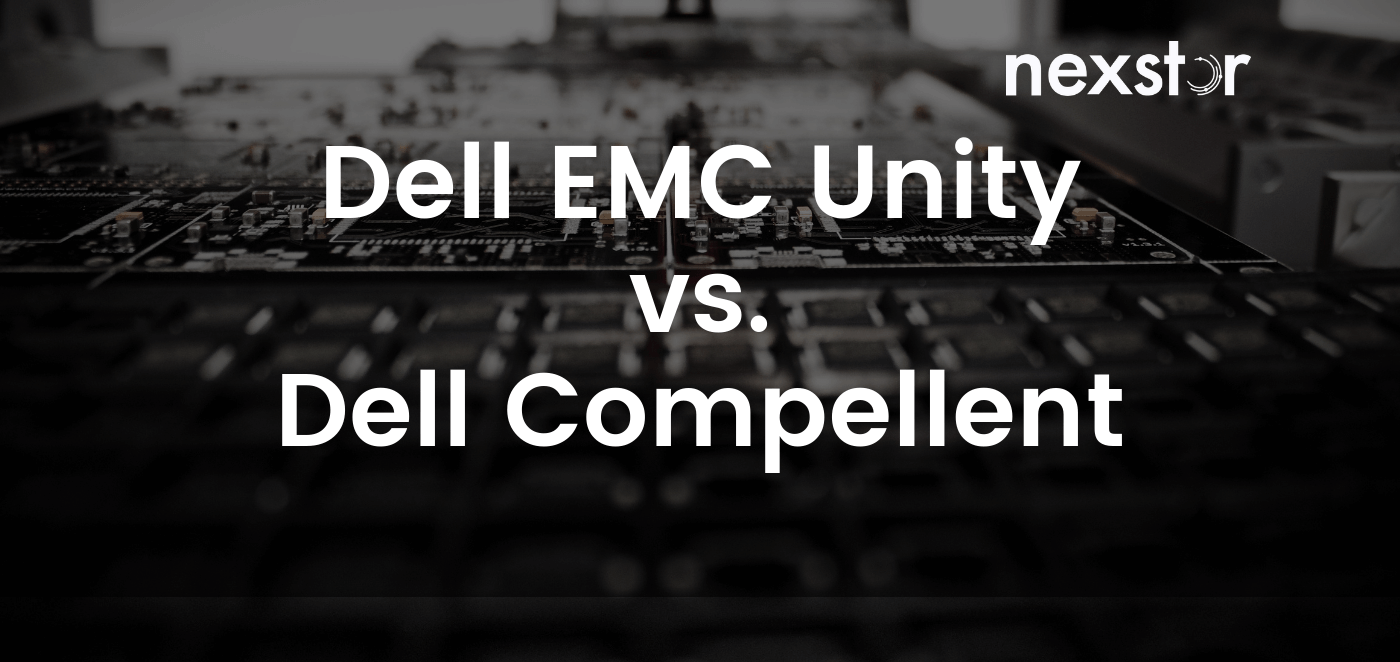Dell EMC Unity vs. Dell Compellent

In this article:
Add a header to begin generating the table of contents
By clicking subscribe you accept our terms and conditions and privacy policy. We always treat you and your data with respect and we won't share it with anyone. You can always unsubscribe at the bottom of every email.
